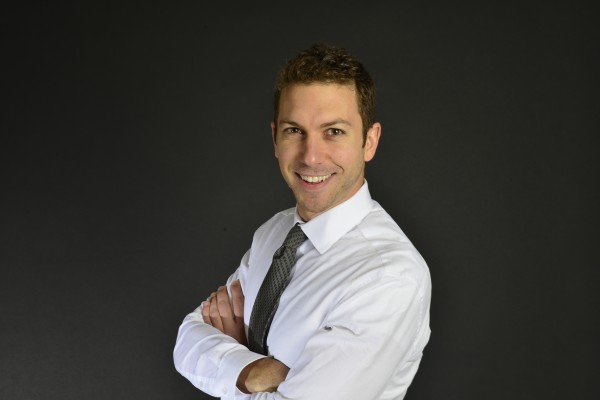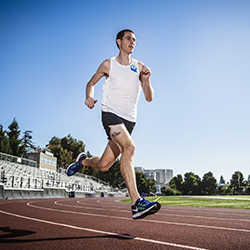OCTOBER 30TH, 2017
BY COACH HERBERT PLUMMER
THE OVER/UNDER WAGER IN RUNNING
So, as the old saying goes, it’s better to be 10% undertrained than 1% overtrained. [1]. If you’re 10% under, you’ve still got room in your body to handle the stress of the race itself. If you’re 1% over, you’re the equivalent of a saturated sponge, and the best you can do is just hang on. This concept was the key for runners like Rob de Castella and Ingrid Kristiansen. When asked what the secret to their training was, both of them said "undertraining." [2]. These runners always managed to avoid crossing that line, and thus had breakthrough races throughout their career. They realized that they had to consciously make a decision to under-train, so as to prevent themselves from over-training. It was one or the other. So don’t flirt with that line. You've got two choices: over or under. Take your pick.
[1] Sandrock, Michael. Running Tough. 2001.
[2] See id.

I would leave my apartment at 8:20 a.m. in an attempt to arrive at work by 9:00 a.m., and invariably I would be a few minutes late. After my walk from the train, full of pedestrian traffic and red lights, my arrival time usually ranged from 9:02 a.m. to 9:06 a.m. Eventually, it occurred to me that I was either going to be the "early guy" or the "late guy," because aiming for nine-on-the-dot wasn’t working; I was cutting it too close.
Over the years I have come to learn that one key aspect in training is analogous to arriving to work early or late; I call it the Over/Under Wager in Running. Here is the reality: you are likely going to show up on race day either slightly over-trained or slightly under-trained. The odds of you reaching the level of 100% fitness, where you have taken on the exact amount of stress that your body can handle, and no more, are about the same as the odds of getting to work at exactly 9:00:00 a.m. Getting as close as possible to that line without going over it requires extremely careful monitoring, and is exactly what the job of a coach is all about. Professional athletes cannot do this on their own, and they have the benefit of a personalized coach who takes blood samples, iron levels, lactate levels, heart rate levels, and more, all with the objective of preventing the athlete from crossing that line. If you’re like me (and 99% of runners) you simply don’t have those kinds of resources.
So, I started giving myself an extra cushion of time, leaving my apartment at 8:00 a.m. instead of 8:20 a.m. Now I was early, without any rushing, and I even had time to grab a Vietnamese Iced Coffee from the cafe across the street. My boss was happy to see me showing up early and I would help him set up the store, something he’d been doing on his own.

References
I once worked at a specialty running store called JackRabbit Sports near Union Square in NYC. At the time I lived in Washington Heights, a 35-40 minute subway ride, depending on how capricious the A train was that day.
ABOUT THE AUTHOR
Coach Herbert Plummer

Coach Plummer has guided both sprinters and distance runners in their training. He runs competitively for the Central Park Track Club and trains year-round for road races, indoor and outdoor track, and cross-country. He is also a USA Track and Field Level 1 certified coach.





